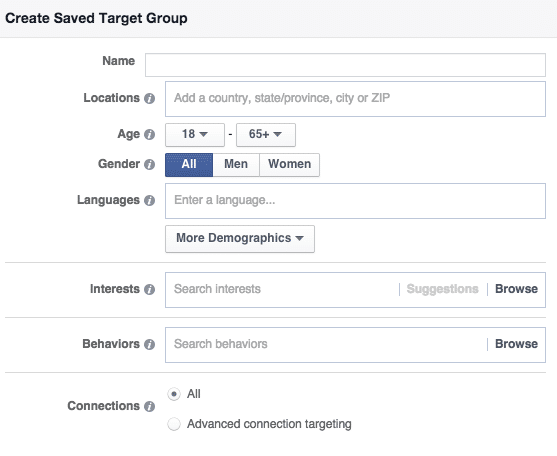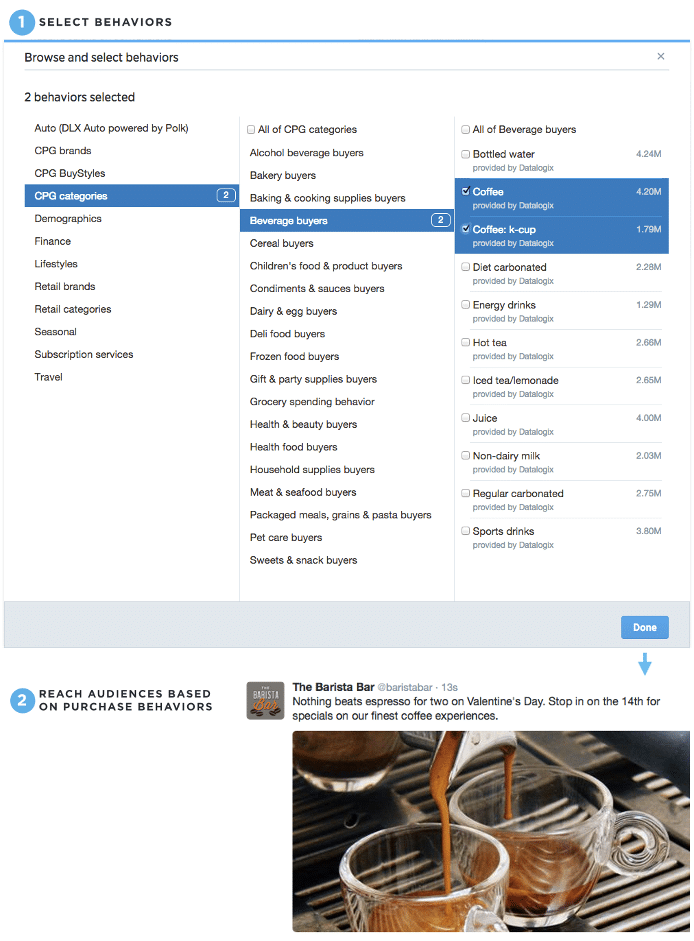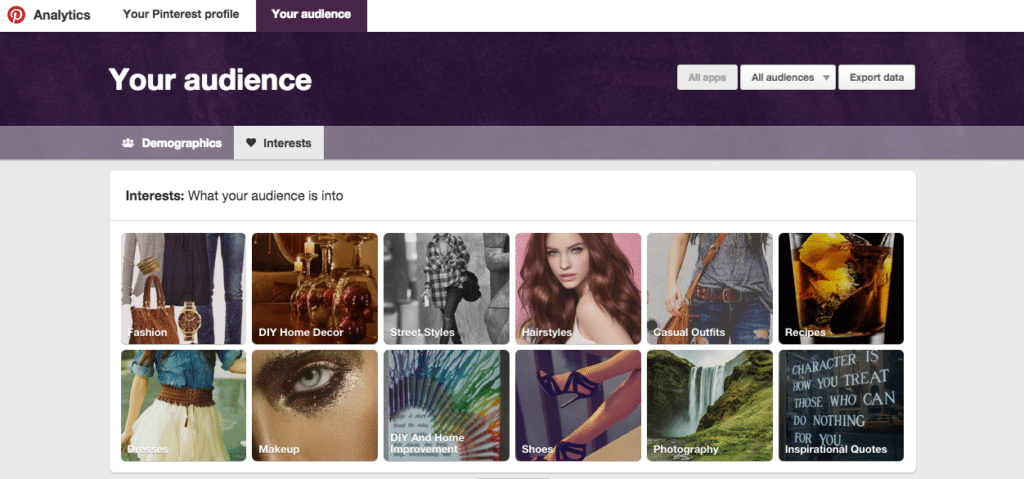So, you’ve built a really special and robust audience of your ideal customers but now, more than ever, your audience doesn’t seem to be receiving and responding to the message. Organic reach is dying, we touched on it a little on our blog and offered ways to combat it using Facebook video.
Well, a little bit of good news for you: there are a couple more options in reaching and targeting your audience if you are willing to put a little spend behind your messages. Many social media platforms have unveiled pretty significant targeting features to help you reach your target audience. While you might see many of your competitors out there abandoning their Facebook presence (hey, for one company it turned out to be a good PR move) but in general, don’t hit the “delete account” button just yet. Give a shot to targeting; you might be surprised by the results and the ROI.
Facebook audience targeting
Facebook targeting has been in the works for awhile and it is one of the best ways to target a very specific audience. There are countless ways to customize your audience on Facebook; traditional features like gender, age and location have been available for a long time, but you can now dive into interests and behaviors as well.
What you can target: Anything from relationship status change, housing situation and family size to spending habits, the type of device users deploy to access the platform (iOS, Android, Blackberry, etc.) and the type of car they’ve been shopping around for. But before you dive deep into any extremely specific buyer personas, the best recommendation is to start with a broad customer base and refine that audience using testing and analysis.
So how do you get started? Go into your “Ads Manager” dashboard and navigate to the “Audiences” tab where you can build audiences in “Create a Saved Target Group” – you don’t have to be an advertising customer just yet to explore exactly what targeting opportunities are available to you. Once you reach the “Create a Saved Target Group” you’ll get a pop-up like the image below. Start trying out interests and behaviors to see the power of this tool and it will populate just how large of an audience that would be in the right-hand sidebar.

Twitter behavior targeting
Just last week Twitter announced the launch of a new ad targeting feature based on user behaviors. Best of all, you’re targeting them not just on their behaviors on Twitter but behaviors throughout their internet life. According to the company’s announcement, you can advertise “to users who have shown powerful signals of intent off of Twitter.” Twitter launched this offering in partnership with Acxiom and Datalogix, the companies behind data aggregation.
What you can target: Twitter’s capabilities are comparable to that of Facebook with life-stage targeting, family size, lifestyle trends, shopping interests and much more.
To start exploring, set up the advertising section of your Twitter account and start building your add. As you begin to customize the ad you will arrive at a section called “Select Behaviors” where you can start targeting as in the screenshot below:

Image Source: Twitter
Beyond this behavior identification, Twitter has integrated some longstanding targeting methods including targeting followers of similar brands (like your competitors), keyword usage targeting, platform based targeting and television interest targeting. There is now no shortage of targeting options to suit your marketing needs.
LinkedIn sponsored posts and ad targeting
LinkedIn has taken a quieter approach to its targeting methods but its platform has a pretty solid built-in system. Since the platform is built by being in the users’ best interest to self-identify who they are, their interests and professional expertise, it makes targeting very simple. The platform’s sponsored posts and ad targeting are especially useful if you’re looking to do B2B outreach.
What you can target: You can target sponsored updates or ads based on a range of factors including career type, location, company size, industry, job seniority, education, skills, group participation and more.
Pinterest promoted pins and audience analytics
Pinterest targeting (and advertising) is somewhat restricted and currently still in limited release to select brands. But similar to LinkedIn, the platform is all about individual users’ preferences, styles and behaviors. Since the roll-out has been slow, it’s highly likely they’re taking their time to build a robust interest and behavior targeting system behind the advertisements, so when it does roll out platform-wide, general users will have the most relevant and personalized advertising experience possible.
What you can target: In its analytics dashboard, the platform already includes a follower “interests” section where you can better understand where your audience is coming from:
If you’re a bit overwhelmed by all of the opportunities, don’t be. Take the platform your brand does best at and start exploring the audience targeting for that platform. The overarching takeaway out of all of this is that each of these platforms has a fairly robust audience insights dashboard where you can learn more about your audience without paying for advertising.


